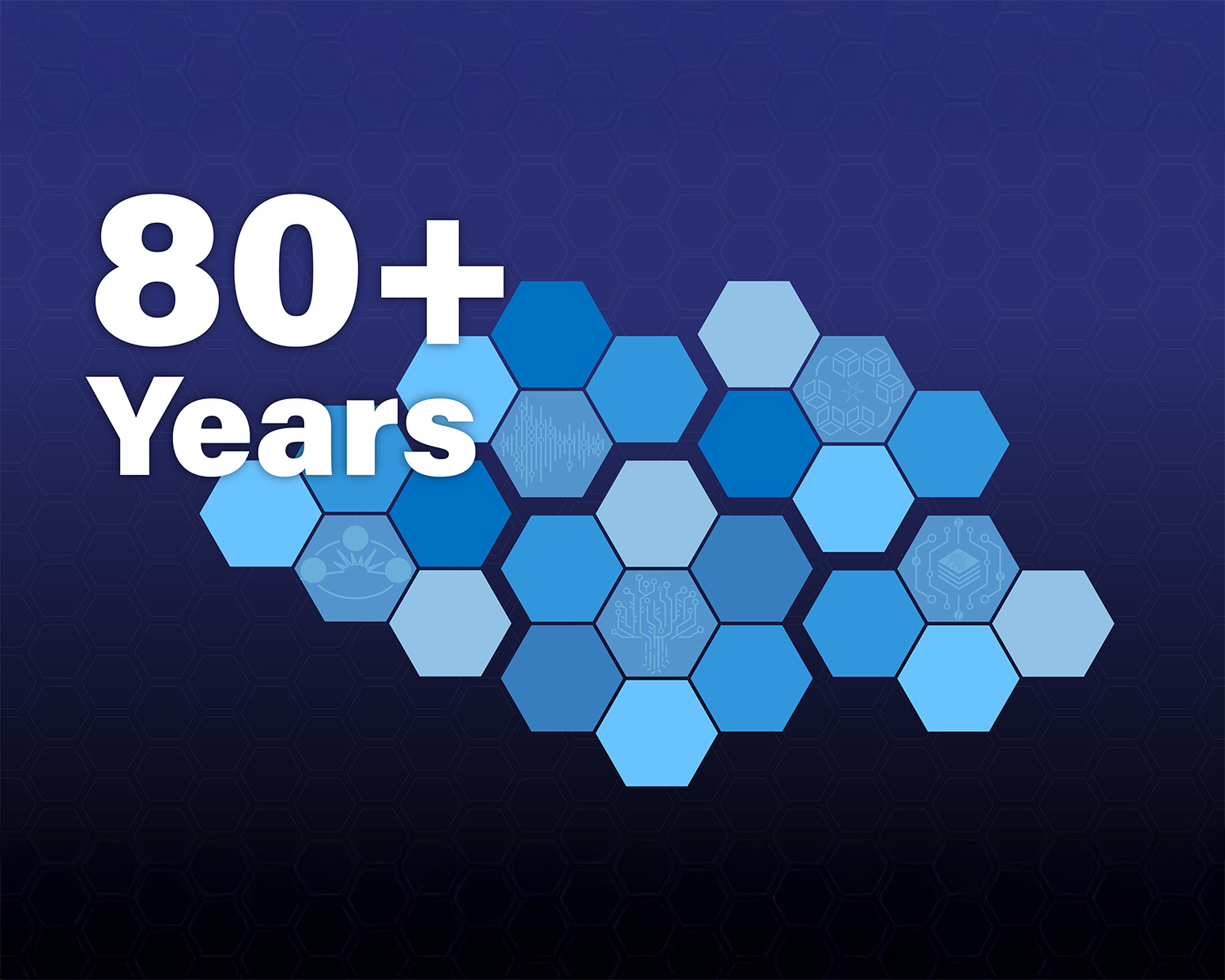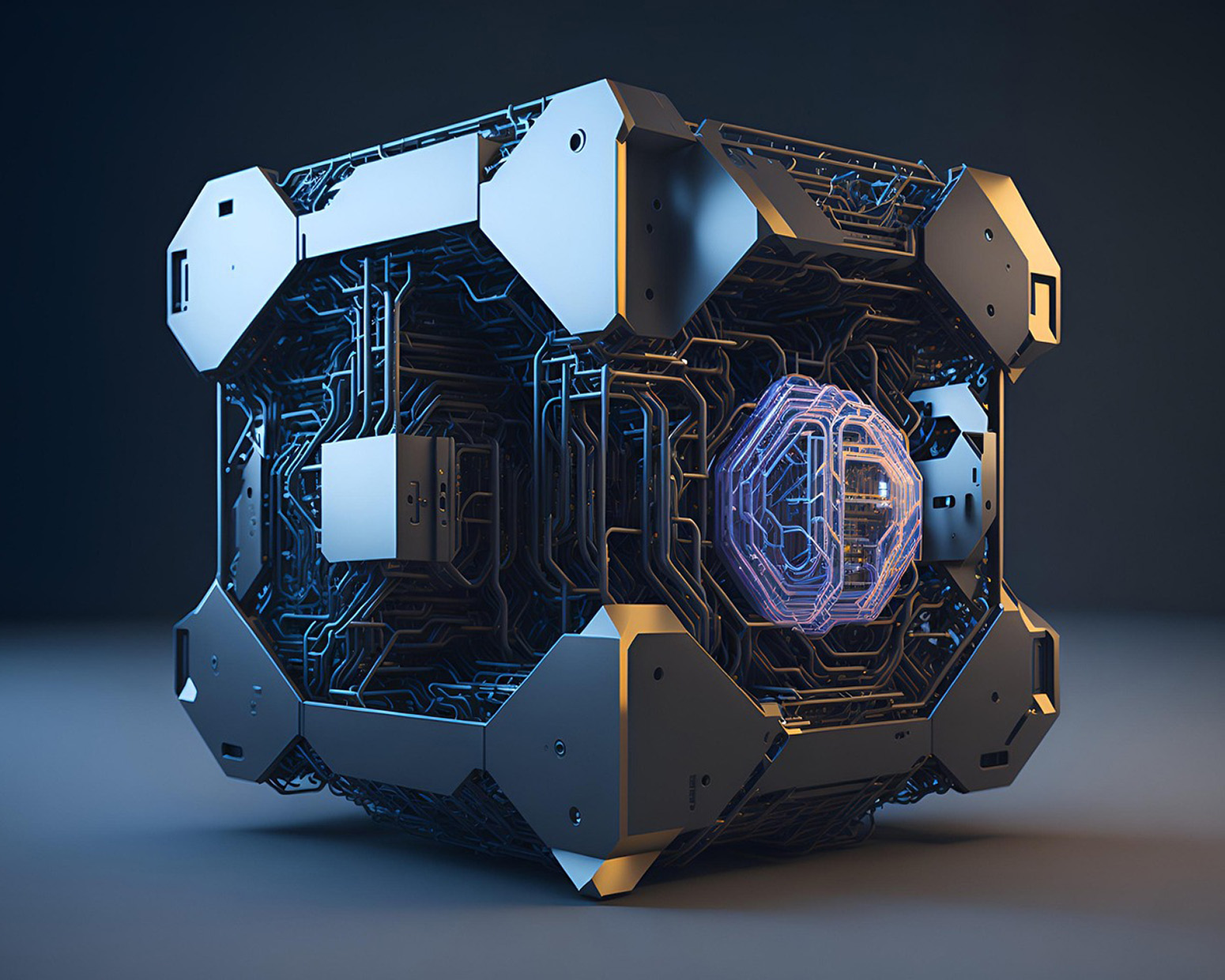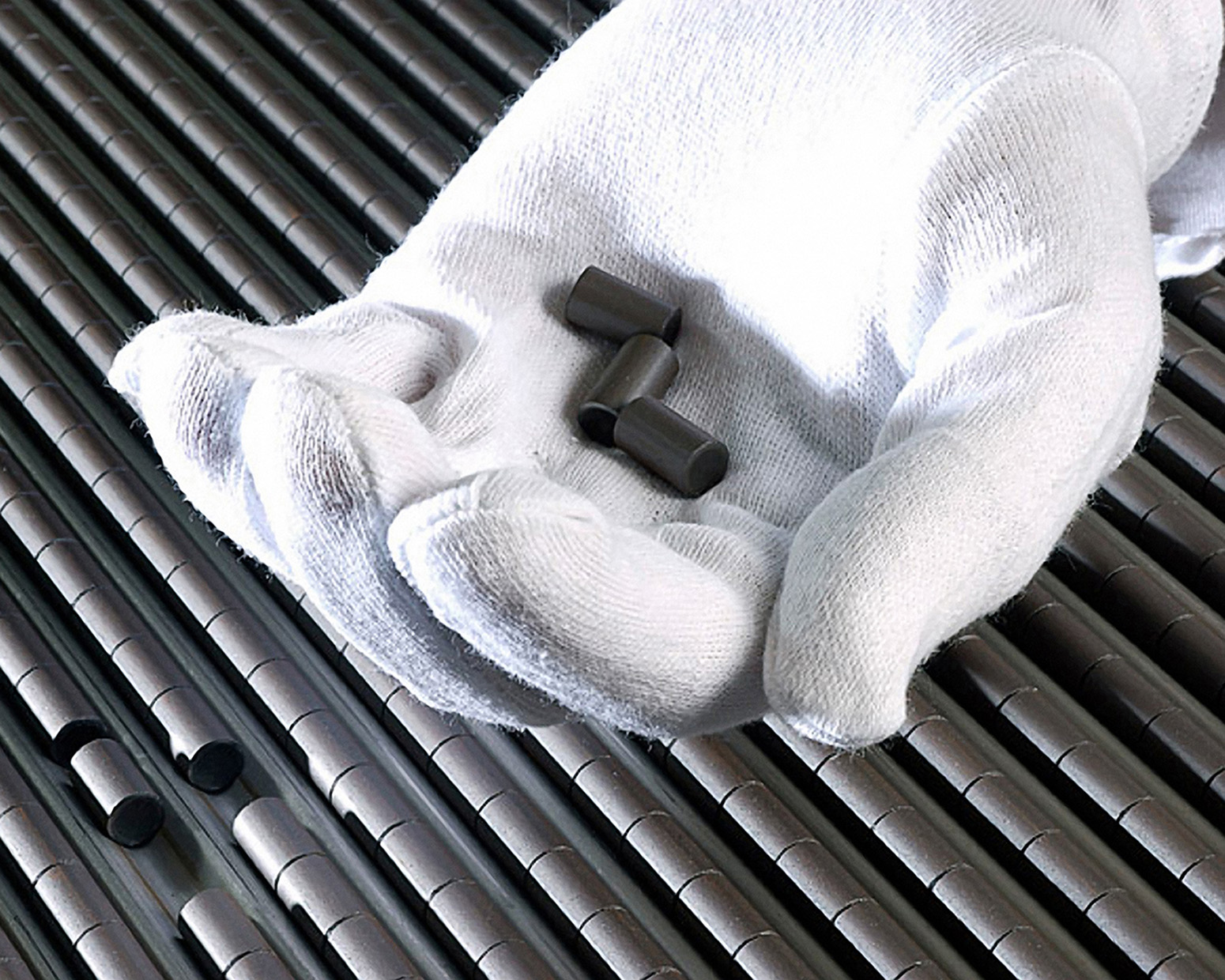Remote imaging with MeV neutrons unlocks new possibilities
A first step toward advanced neutron radiography capabilities

A Los Alamos-led research team has demonstrated energy-resolved neutron radiography as a powerful tool for remotely identifying isotopic compositions with megaelectron-volt (MeV)-scale neutrons. Using novel event-mode neutron imaging detectors at the FP60-R beamline at the Los Alamos Neutron Science Center (LANSCE), the team successfully identified isotopes such as carbon, silicon and oxygen based on their unique neutron cross-section signatures observed in energy-resolved transmission images.
Why this matters: While purely demonstrative, this work represents a significant first step toward advanced neutron radiography capabilities with MeV neutrons. These developments lay the groundwork for future systems that would enhance the in-field capabilities to detect and identify nuclear materials, verify nuclear safeguards, and assess the integrity of critical components in nuclear waste storage.
What they found:
- Isotopic identification at a distance: Fast neutron resonance radiography could distinguish isotopes of carbon, silicon and oxygen using their energy-dependent neutron cross-sections.
- Validated accuracy: Experimental data from graphite and silica (SiO₂) matched theoretical models, confirming the detector’s effectiveness.
- Advanced neutron imaging: Energy-resolved neutron techniques provide detailed spatial mapping of isotopic compositions.
Key capabilities: This breakthrough leverages time-of-flight neutron techniques to provide high-resolution isotopic imaging, enabling novel non-destructive characterization of materials with MeV neutrons.
- MeV neutron imaging for deep penetration through dense materials.
- Time-of-flight techniques for energy-sensitive elemental mapping.
- Event-mode imaging for particle discrimination and background rejection to produce true neutron radiographs
Funding: Laboratory Directed Research and Development program and NNSA's Office of Defense Nuclear Nonproliferation
LA-UR-25-21607





